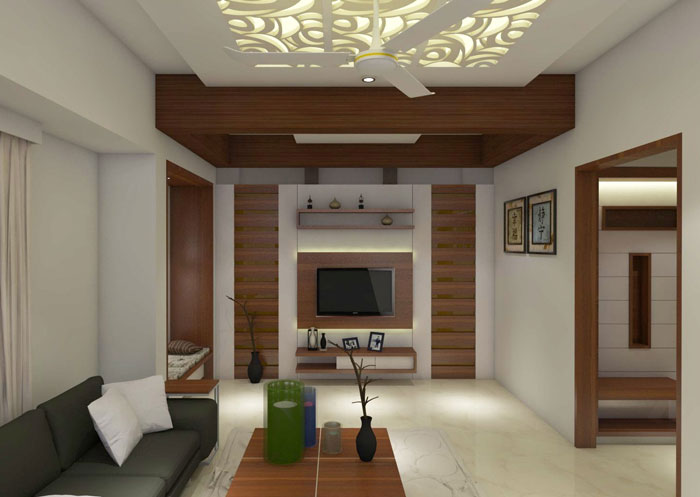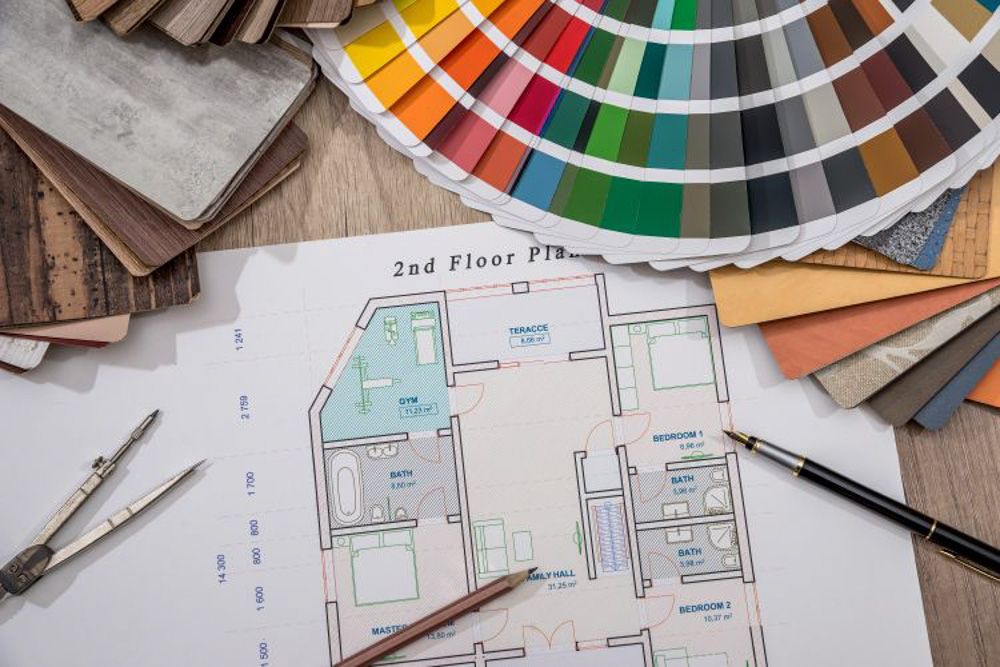The Art of Balance: Exactly How Interior Design and Home Designer Collaborate for Stunning Results
In the realm of home style, striking an equilibrium between visual appeals and functionality is no little accomplishment. This delicate equilibrium is attained via the harmonious collaboration in between indoor developers and architects, each bringing their distinct expertise to the table. Keep with us as we check out the details of this collaborative process and its transformative influence on home layout.
Understanding the Core Differences Between Inside Layout and Home Architecture
While both Interior Design and home style play vital roles in creating cosmetically pleasing and practical spaces, they are inherently various disciplines. Home style mainly concentrates on the structural elements of the home, such as building codes, security laws, and the physical building and construction of the room. It deals with the 'bones' of the structure, collaborating with spatial dimensions, bearing walls, and roof covering designs. On the other hand, Interior Design is much more worried with improving the sensory and visual experience within that structure. It includes picking and arranging furniture, picking color pattern, and incorporating decorative elements. While they operate in tandem, their roles, obligations, and areas of knowledge deviate substantially in the creation of an unified home atmosphere.
The Synergy In Between Home Style and Interior Design
The harmony in between home design and Interior Design exists in a common vision of style and the enhancement of useful aesthetics. When these 2 areas line up harmoniously, they can transform a space from common to phenomenal. This partnership requires a much deeper understanding of each technique's principles and the capability to produce a natural, visually pleasing environment.
Unifying Design Vision
Linking the vision for home style and indoor layout can develop a harmonious living room that is both practical and cosmetically pleasing. It promotes a synergistic strategy where building aspects enhance indoor design parts and vice versa. Thus, unifying the layout vision is essential in blending style and indoor layout for magnificent outcomes.
Enhancing Functional Aesthetic Appeals
How does the harmony between home style and Interior Design improve functional appearances? This synergy makes it possible for the development of rooms that are not only aesthetically enticing but additionally conveniently useful. Architects prepared with their architectural style, guaranteeing that the room is useful and reliable. The indoor designer then matches this with thoroughly picked elements that enhance the appearances without compromising the performance. This unified collaboration can lead to homes that are both liveable and attractive. An engineer could make a residence with large windows and high ceilings. The interior designer can then highlight these functions with high plants and large curtains, respectively, hence improving the aesthetic appeal while keeping the useful advantages of natural light and space.
Value of Partnership in Creating Balanced Spaces
The collaboration in between interior designers and designers is pivotal in developing well balanced spaces. It brings consistency between layout and design, bring to life areas that are not only cosmetically pleasing however also practical. Exploring effective joint methods can offer understandings into just how this synergy can be effectively accomplished.
Harmonizing Design and Style
Balance, a necessary element of both indoor style and design, can only really be accomplished when these two fields job in consistency. This joint procedure results in a natural, well balanced style where every aspect has a function and contributes to the total visual. Balancing try this design and architecture is not simply concerning producing lovely areas, yet concerning crafting areas that work seamlessly for their inhabitants.
Effective Collective Techniques

Situation Studies: Successful Assimilation of Design and Architecture
Checking out a number of instance studies, it comes to be apparent exactly how the effective assimilation of interior style and style can change a space. Architect Philip Johnson and interior designer Mies van der Rohe worked together to produce an unified balance between the interior and the structure, resulting in a seamless circulation from the outside landscape to the internal living quarters. These case studies highlight the profound impact of an effective design and design cooperation.

Getting Over Obstacles in Style and Style Partnership
In spite of the indisputable benefits of an effective cooperation in between Interior Design and style, it is not without its obstacles. Communication issues can occur, as both parties might use various terminologies, understandings, and strategies in their work. This can lead to misconceptions and delays in task completion. An additional major challenge is the balancing act of visual appeals and capability. Designers might prioritize architectural integrity and security, while designers concentrate on comfort and style. The assimilation of these objectives can be intricate. Additionally, budget plan and timeline restraints commonly add pressure, possibly causing breaks in the cooperation. Effective communication, shared understanding, and concession are essential to get rid of these obstacles and achieve a harmonious and successful cooperation.

Future Fads: The Developing Partnership In Between Home Architects and Interior Designers
As the globe of home design proceeds to develop, so does the partnership between designers and indoor designers. The fad leans towards a much more integrated and collective strategy, breaking cost-free from this page conventional duties. Architects More hints are no longer only concentrated on architectural integrity, yet also take part in boosting visual appeal - Winchester architect. On the other hand, interior developers are welcoming technical elements, affecting total design and performance. This evolving symbiosis is driven by improvements in technology and the growing demand for areas that are not just aesthetically pleasing but lasting and additionally practical. The future guarantees a much more natural, cutting-edge, and flexible approach to home layout, as developers and designers remain to blur the lines, fostering a relationship that truly symbolizes the art of balance.
Verdict
The art of equilibrium in home layout is accomplished with the harmonious collaboration in between indoor designers and architects. An understanding of each various other's self-controls, efficient communication, and shared vision are essential in creating aesthetically magnificent, useful, and inviting spaces. Regardless of difficulties, this partnership cultivates development and development in design. As the partnership between home engineers and indoor designers evolves, it will certainly remain to form future patterns, enhancing convenience, effectiveness, and individual expression in our space.
While both indoor style and home architecture play necessary roles in developing aesthetically pleasing and useful spaces, they are naturally various self-controls.The harmony between home style and interior style exists in a shared vision of style and the improvement of practical visual appeals.Linking the vision for home architecture and indoor layout can create a harmonious living space that is both useful and visually pleasing. Hence, unifying the design vision is critical in blending design and indoor layout for spectacular outcomes.
Just how does the synergy in between home style and interior style improve useful visual appeals? (Winchester architect)